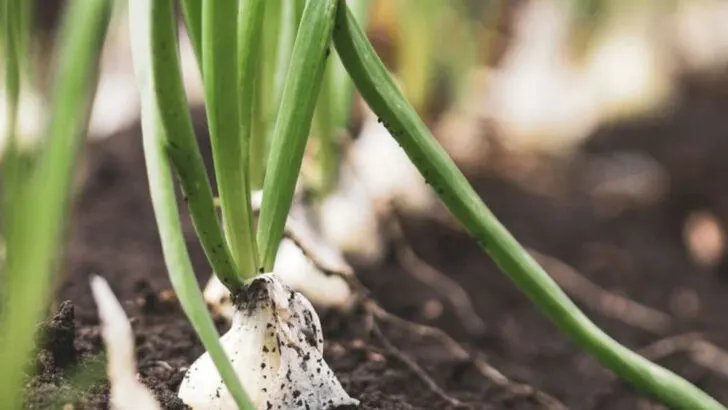You don’t have to wait until spring to enjoy garden surprises. In fact, some of the most rewarding plants are the ones you start mid-summer—quietly growing, then suddenly flourishing in early fall when everything else begins to fade.
From fast-growing vegetables to flowers that burst into bloom just as the weather cools, these 15 picks are perfect for planting right now. They’re tough, adaptable, and know how to make the most of the long summer light and warmer soil.
Whether you’re growing in containers, garden beds, or a tiny backyard patch, these choices are all about delayed gratification—but not for long. Come September, you’ll be glad you gave them a head start.
Sweet Peas
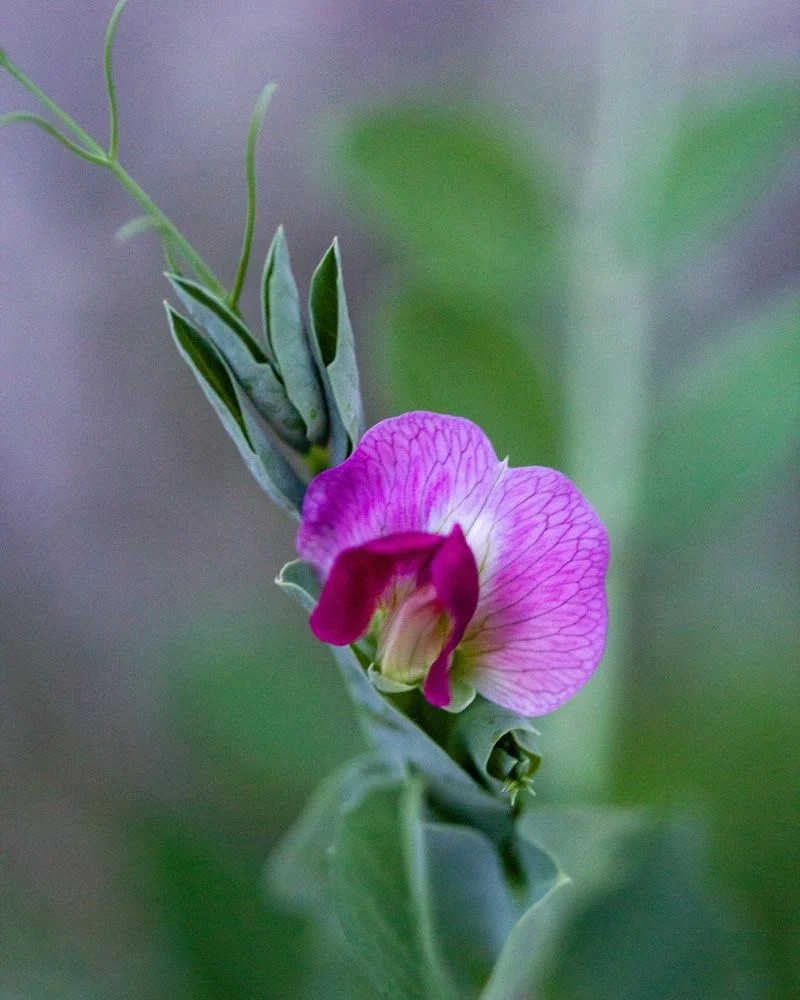
Imagine a garden filled with the sweet aroma of sweet peas. These climbing flowers not only enchant with their fragrance but also with their vivid colors. Planting them now ensures a cascade of blooms in September. Their delicate petals add a romantic touch to any garden. With a bit of care and a sunny spot, sweet peas will reward you with a fragrant and colorful display. Did you know? Sweet peas have been a beloved garden staple since the 17th century, symbolizing blissful pleasure in the language of flowers.
Garlic
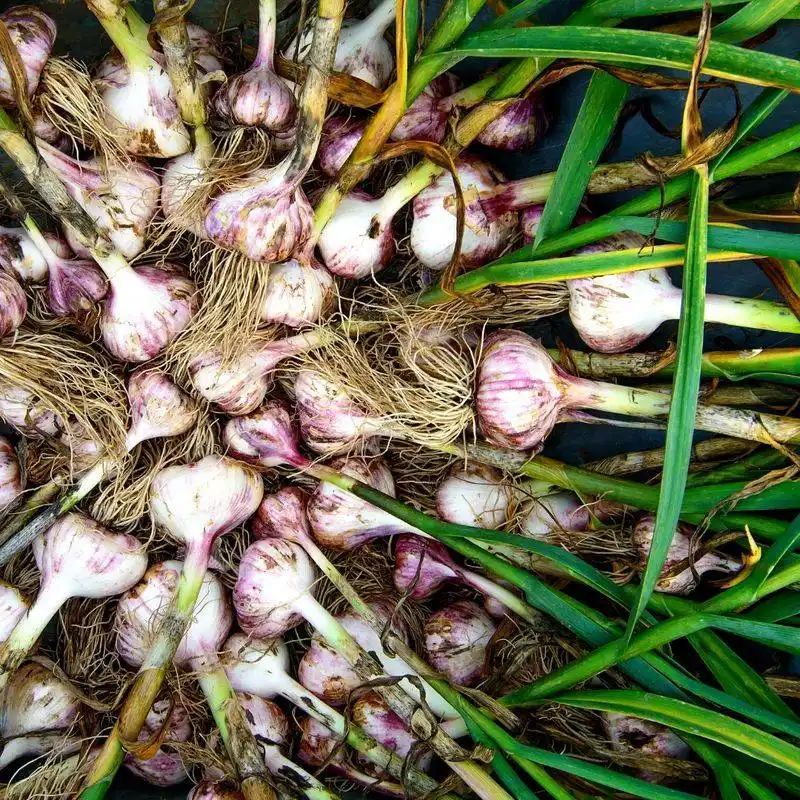
Garlic might not be the first plant that comes to mind, but planting it now can lead to a gratifying harvest. As the cooler months approach, garlic bulbs start to develop underground. By September, you’ll notice strong, aromatic shoots, a promise of the flavorful cloves beneath. Garlic is not only a culinary essential but also a natural pest deterrent. A staple in kitchens worldwide, this plant’s robust growth will be a pleasant surprise when September rolls around.
Winter Squash
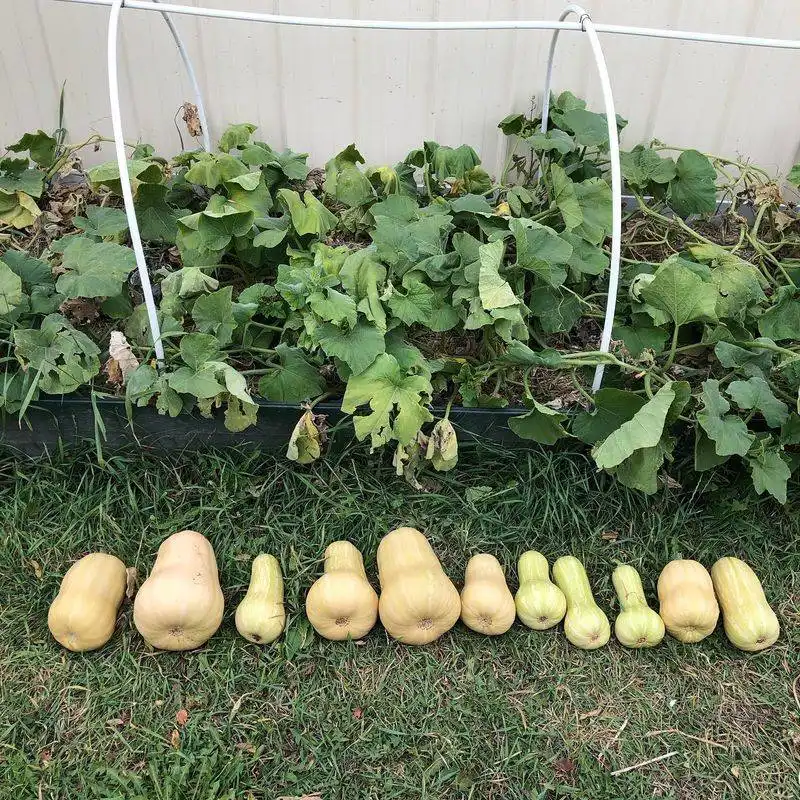
Winter squash planted now will thrive and surprise you with their hearty presence by September. These plants are known for their durability and can withstand the changing weather, from cool nights to warm days. As they grow, their sprawling vines create a lush, green carpet in your garden. The vibrant squash itself will mature in various shapes and sizes, perfect for hearty autumn meals. A fun fact: Some varieties have ancient origins, cultivated by Native Americans for thousands of years.
Broccoli
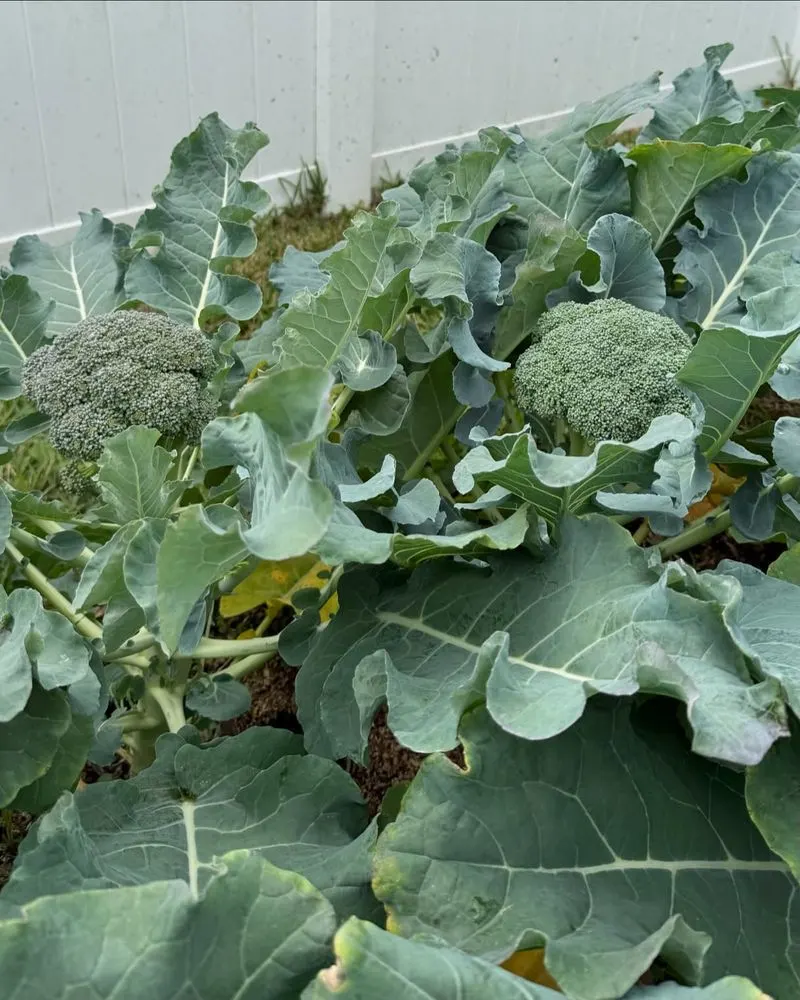
Broccoli is a cool-weather crop that thrives when planted at the right time. By September, these robust plants begin to form their nutritious florets. Known for their high vitamin content, broccoli plants are a powerhouse of nutrients. Their deep green leaves and aromatic presence add a fresh touch to any garden. A lesser-known fact: Broccoli was first cultivated in Italy and remains a staple in Italian cuisine, offering a rich history alongside its health benefits.
Kale
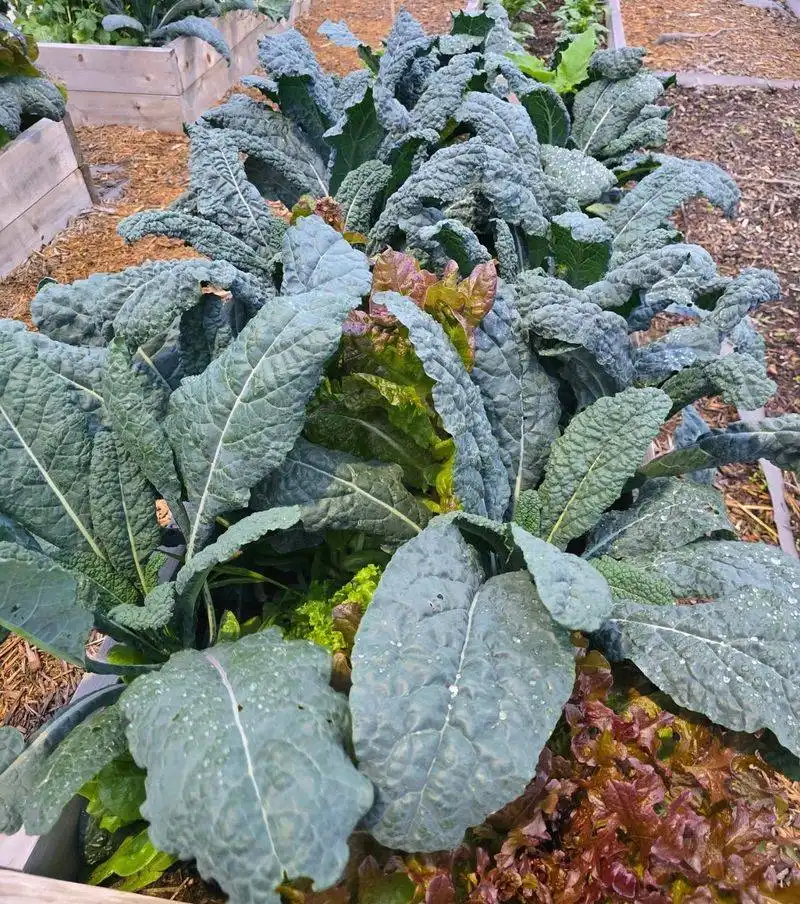
Kale is not only a trendsetter in the world of superfoods but also a resilient garden addition. Planting kale now will ensure a bountiful harvest by September. Its curly leaves are not just eye-catching but also packed with nutrients. Kale’s versatility in the kitchen makes it a must-have for any garden. With origins tracing back to ancient Rome, this leafy green has withstood the test of time, offering both culinary and historical richness.
Radishes
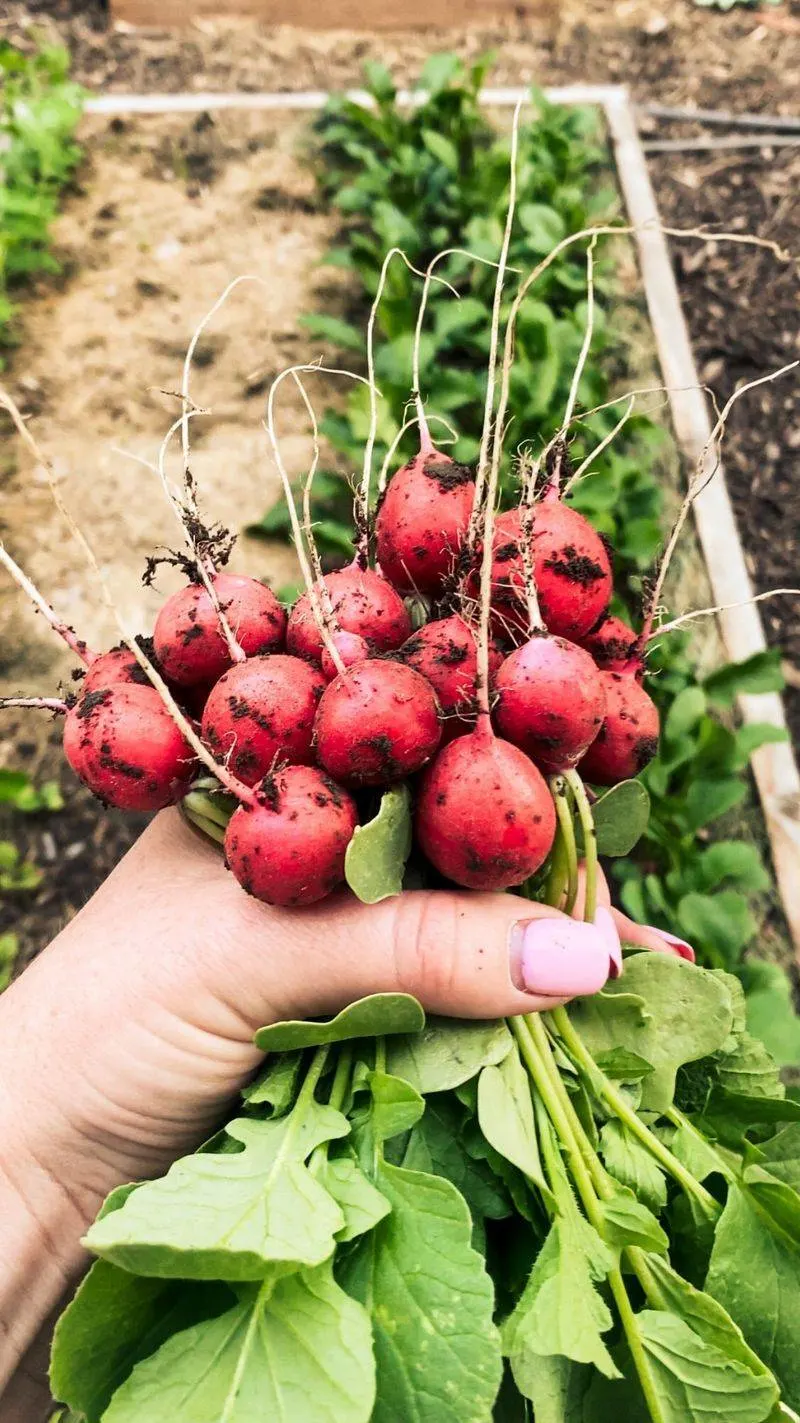
Radishes are a quick-growing wonder, perfect for an early autumn surprise. Their peppery flavor adds a zing to salads and dishes. By planting radishes now, you prepare for a colorful and tasty harvest in September. These small root vegetables mature in just a few weeks, making them an ideal choice for impatient gardeners. Interestingly, radishes were one of the first crops the ancient Egyptians cultivated, showcasing their long-standing appeal.
Spinach

Spinach is a cool-season favorite that flourishes with an early planting. Its tender leaves are packed with iron and other essential nutrients. By September, your garden will be flush with vibrant green spinach, ready to be picked for fresh salads and dishes. Spinach’s quick growth and low maintenance make it a gardener’s delight. A little-known fact: Spinach originated in Persia and has been cherished worldwide for its nutritional value.
Daffodils
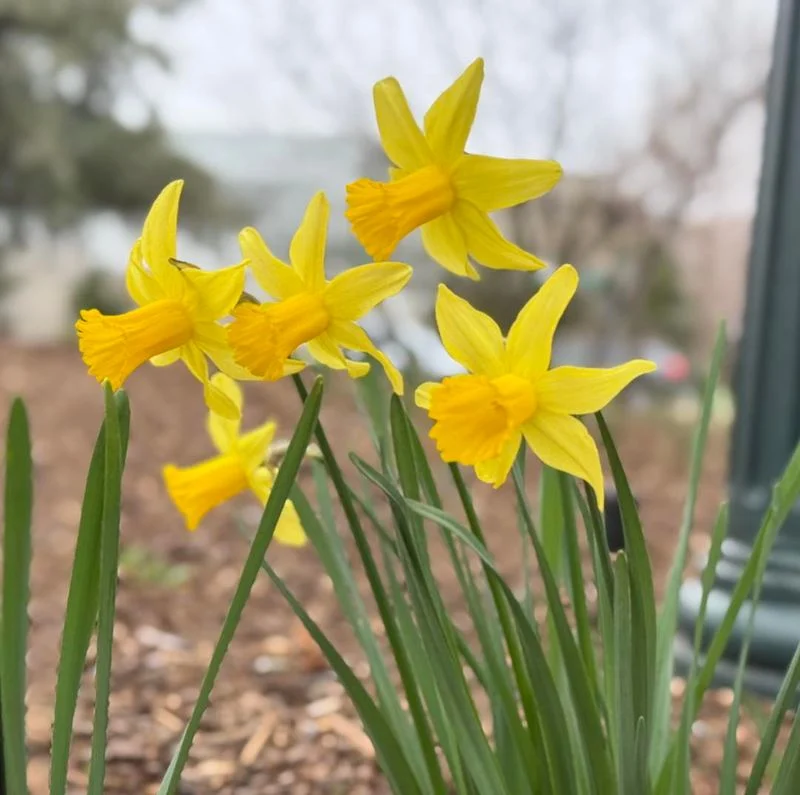
Daffodils are a symbol of spring, yet they’re planted in the fall for a reason. By planting daffodil bulbs now, you set the stage for a breathtaking display of yellow blooms come September. These flowers are hardy and thrive even in less-than-ideal soil conditions. Daffodils have been celebrated for centuries for their beauty and resilience. Fun fact: In Wales, it’s said that spotting the first daffodil of spring brings good luck for the year ahead.
Carrots
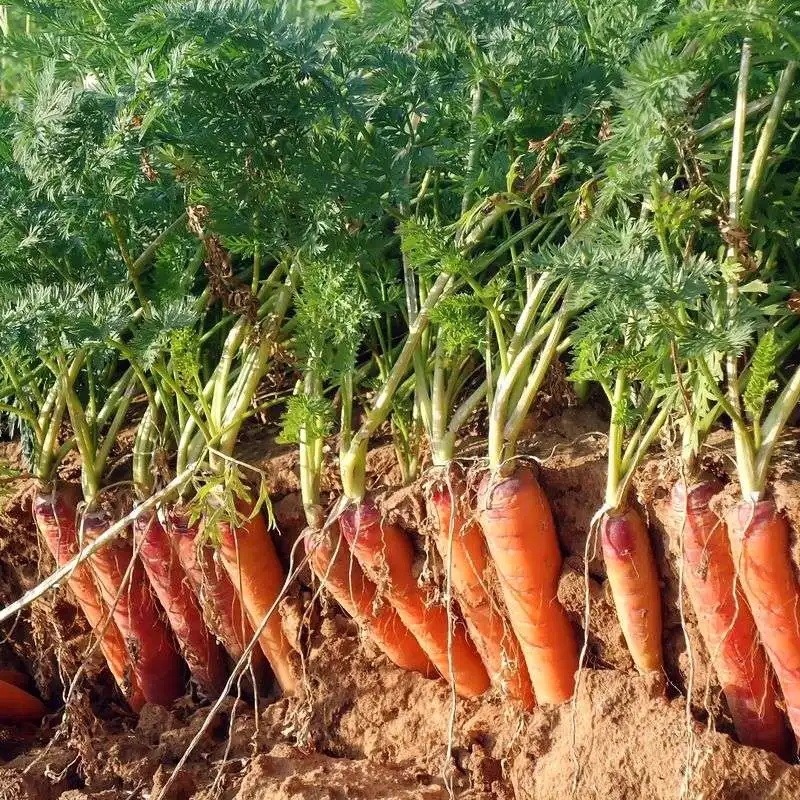
Carrots are a nutritious root vegetable that, when planted now, will be ready for harvest in September. These hardy plants thrive in cooler weather, developing their sweet flavor as they grow. Carrots are a versatile kitchen staple, perfect for everything from stews to salads. Did you know? Carrots were originally grown for their aromatic leaves and seeds, not the roots. Their evolution to the orange-hued favorite we know today is a testament to their adaptability.
Turnips
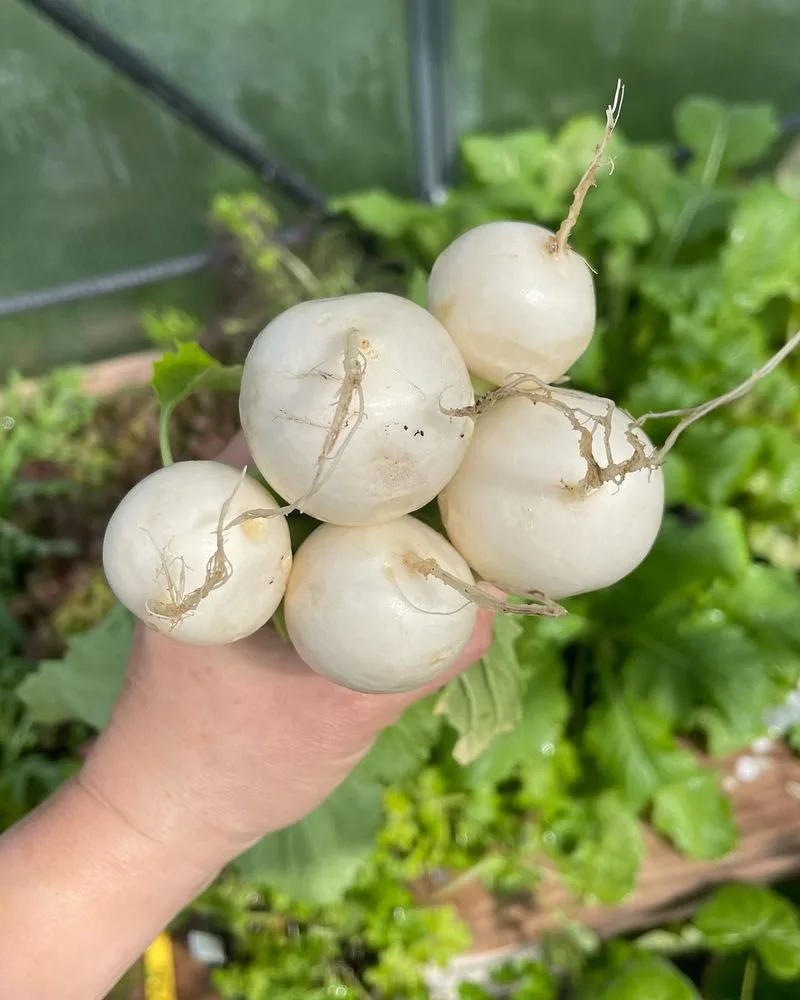
Turnips bring a rustic charm to any garden. Planting them now means you’ll have a hearty crop ready by September. These root vegetables are known for their versatility and peppery flavor, making them a favorite in both soups and stews. Turnips also offer nutritional benefits, including vitamin C and fiber. Interestingly, turnips have been grown for over 3,000 years, with their origins traced back to Europe and Asia, symbolizing their enduring appeal in various cuisines.
Beets
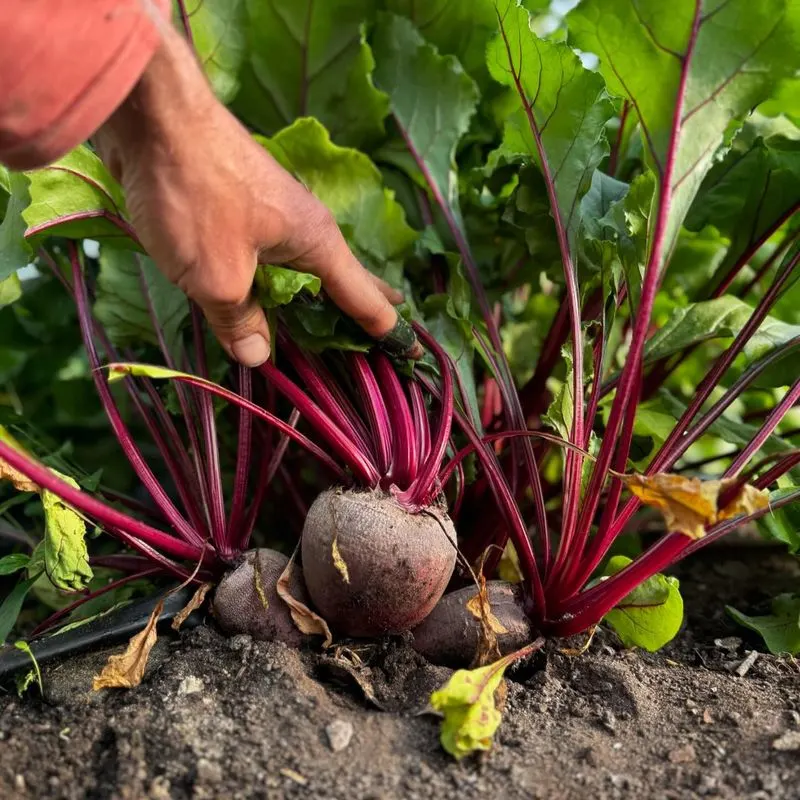
Beets are a colorful addition to any garden, prized for their sweet, earthy flavor. Planting them now ensures a rewarding harvest by September. Their deep red roots are not only visually striking but also rich in antioxidants. Beets can be roasted, juiced, or used in salads, offering both versatility and nutrition. Did you know? Beets were initially cultivated for their leaves rather than their roots, a practice dating back to the ancient Mediterranean region.
Cabbage

Cabbage is a cool-weather crop that surprises with its resilience. Plant it now, and by September, you’ll have heads of cabbage ready for harvest. These leafy greens are a staple in many cuisines, valued for their crisp texture and mild flavor. Cabbage is not only a culinary favorite but also rich in vitamins C and K. An interesting tidbit: Cabbage has been cultivated for over 4,000 years, with evidence of its growth found in ancient Chinese texts.
Lettuce

Lettuce is the quintessential salad green that flourishes in cooler weather. By planting it now, you’ll enjoy fresh, crisp leaves by September. Lettuce comes in various varieties, each offering unique flavors and textures. It’s the perfect foundation for salads or as a garnish. Fun fact: Ancient Egyptians believed lettuce had aphrodisiac qualities, incorporating it into their diet for more than just its taste.
Peas
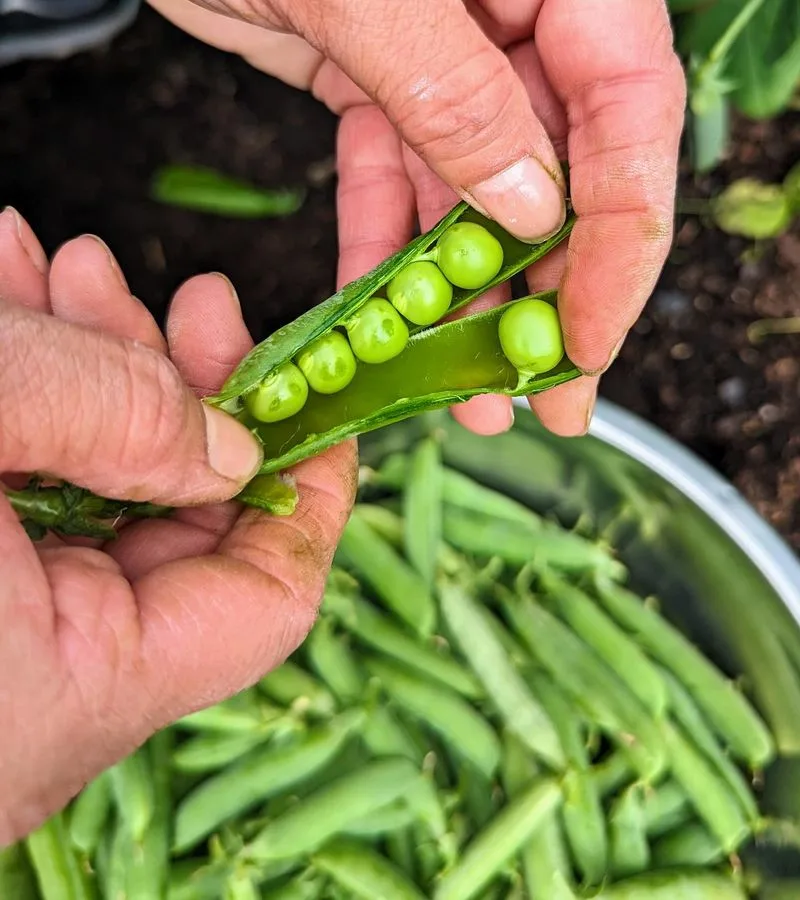
Peas are a delightful addition to any garden with their sweet, crisp flavor. By planting them now, you’re setting up for a vibrant harvest in September. Peas grow quickly, and their tender pods are perfect for fresh snacking or cooking. In ancient times, peas were considered a luxury item, reserved for royal tables. Today, they’re accessible to all, offering both taste and nutrition in abundance.
Onions
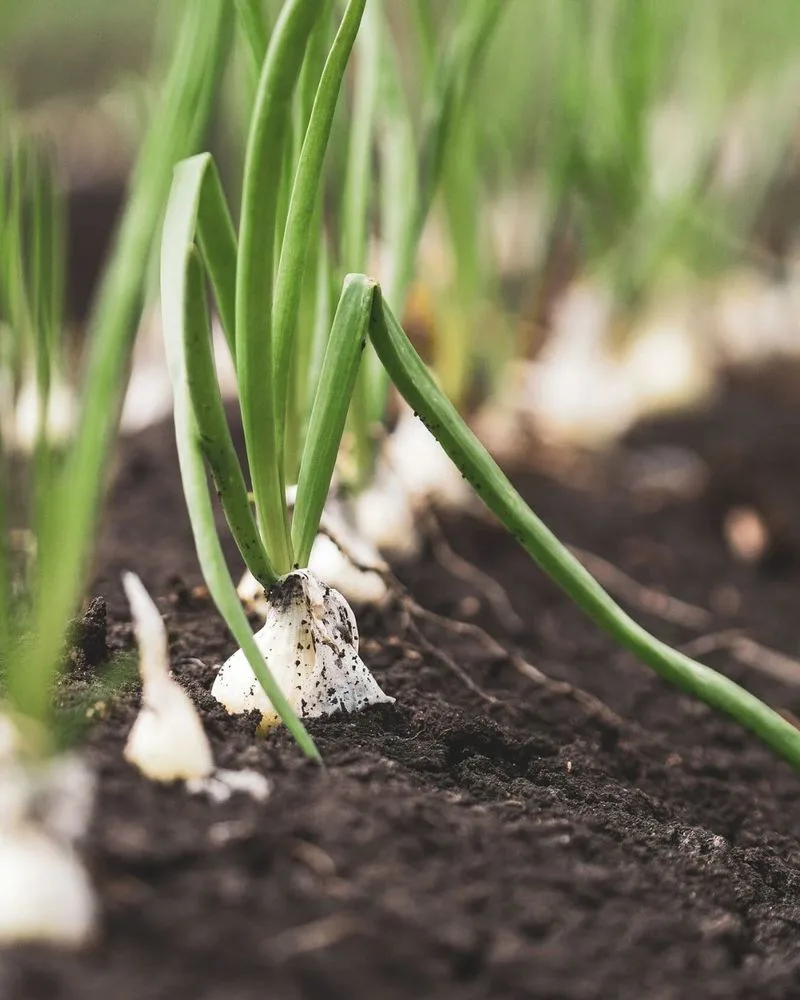
Onions are a kitchen staple with a surprising twist when planted now. By September, they’ll have matured, ready to add flavor to countless dishes. These bulbs are hardy and can be stored for use throughout the fall and winter months. Onions have a long history in various cuisines worldwide, adding depth and aroma to a multitude of recipes. Did you know? In ancient Egypt, onions were worshipped and thought to symbolize eternity, due to their layered structure.

